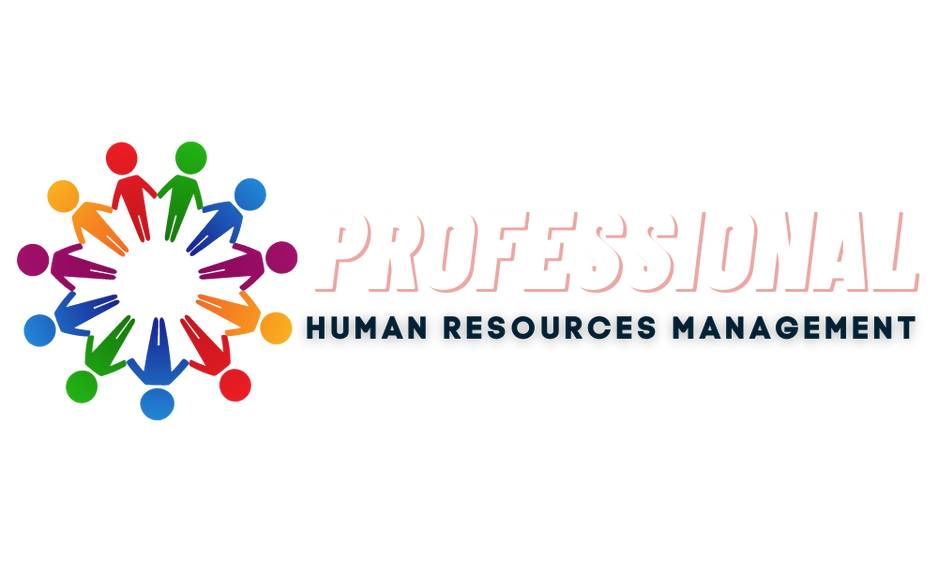Course Introduction – Overview
Strategic planning is a management tool, period. As with any management tool, it is used for one purpose only: to help an organization do a better job – to focus its energy, to ensure that members of the organization are working toward the same goals, to assess and adjust the organization’s direction in response to a changing environment. In short, strategic planning is a disciplined effort to produce fundamental decisions and actions that shape and guide what an organization is, what it does, and why it does it, with a focus on the future.
The process is about planning because it involves intentionally setting goals (i.e., choosing a desired future) and developing an approach to achieving those goals. The process is disciplined in that it calls for a certain order and pattern to keep it focused and productive. The process raises a sequence of questions that helps planners examine experience, test assumptions, gather and incorporate information about the present, and anticipate the environment in which the organization will be working in the future.
The plan is ultimately no more, and no less, than a set of decisions about what to do, why to do it, and how to do it. Because it is impossible to do everything that needs to be done in this world, strategic planning implies that some organizational decisions and actions are more important than others – and that much of the strategy lies in making the tough decisions about what is most important to achieving organizational success.
The strategic planning can be complex, challenging, and even confused, but it is always defined by the basic ideas outlined above – and you can always return to these basics for insight into your own strategic planning process.
► Strategic Planning.
► Audit of Key Performance Indicators.
► Management of Change.
► Performance Measurement and the Balanced Scorecard.


